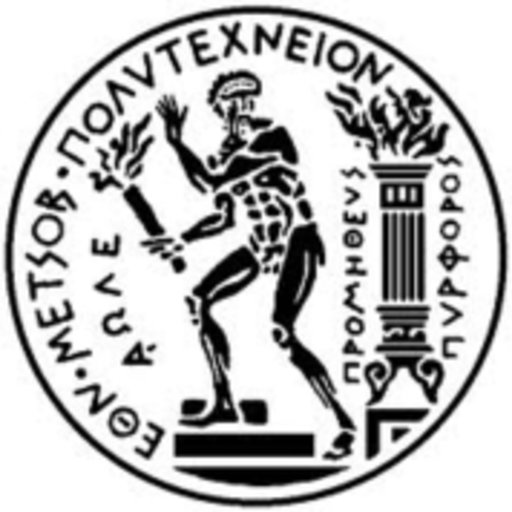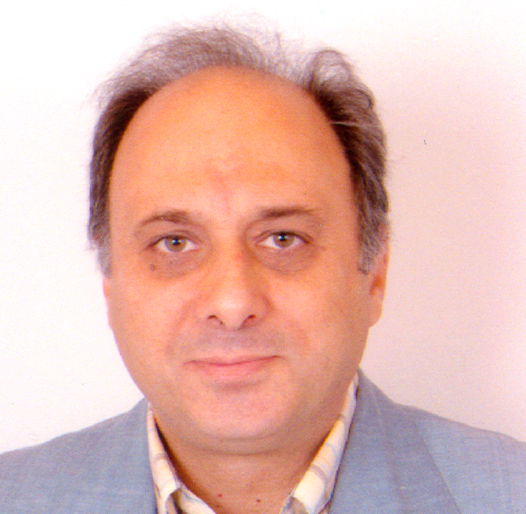

- AUTOMATION SYSTEMS NTUA GENERATOR
- AUTOMATION SYSTEMS NTUA VERIFICATION
- AUTOMATION SYSTEMS NTUA SIMULATOR
An irradiation sensor and an anemometer, provide input to simulated models in the RTDS in order to achieve realistic conditions. PHIL experiments are performed, where hardware equipment (loads, PV inverters, etc) are connected to simulated distribution networks. The Triphase power electronic converter platform allows the user to design in Matlab/Simulink the control algorithms. A Switched-Mode Amplifier by Triphase and a linear amplifier by Spitzenberger & Spies (PAS 5000) are used as a Power Interfaces between the RTDS and physical equipment to perform PHIL simulation.
AUTOMATION SYSTEMS NTUA SIMULATOR
A rack of the commercially available Real Time Digital Simulator RTDS® is operated.

Moreover, Multi-Agent Systems can control real-time simulated devices in RTDS and hardware components, combining Hardware in the Loop simulation with a Multi-Agent-System architecture to allow more realistic testing. Some of the functionalities that can be tested are: market participation of the Loads or the DG/RES, formulation of a VPP, ancillary services provision, black start operation, islanded operation, multi-Microgrid operation and emergency load shedding. This system can be used to test in the laboratory or in a real test field various algorithms for distributed control of Microgrids and DG/RES. These are embedded systems with Java Virtual Machine, multiple analogue & digital I/O as well TCP/IP connectivity. Furthermore the laboratory is equipped with 10 load controllers. The system is developed in the Java based platform called Jade and communicates with the DER/DGs via industrial communication protocols such as OPC.
AUTOMATION SYSTEMS NTUA VERIFICATION
Multi-Microgrids Cluster: The three ICCS-NTUA Microgrids form a Multi-Microgrid cluster (through Electrical and Internet connection) in order to investigate the development and verification of different control strategies and the impact of wide deployment of Microgrids at the distribution level.Part of the laboratory’s infrastructure is the 3- phase microgrid with main elements 3 single-phase battery inverters and micro-sources connected in each phase.

The converters are suitably controlled to permit the operation of the system either interconnected to the LV network (grid-tied), or in stand-alone (island) mode, with a seamless transfer from the one mode to the other.
AUTOMATION SYSTEMS NTUA GENERATOR
The battery unit, the PV generator and the Wind Turbine are connected to the AC grid via fast-acting DC/AC power converters.


 0 kommentar(er)
0 kommentar(er)
